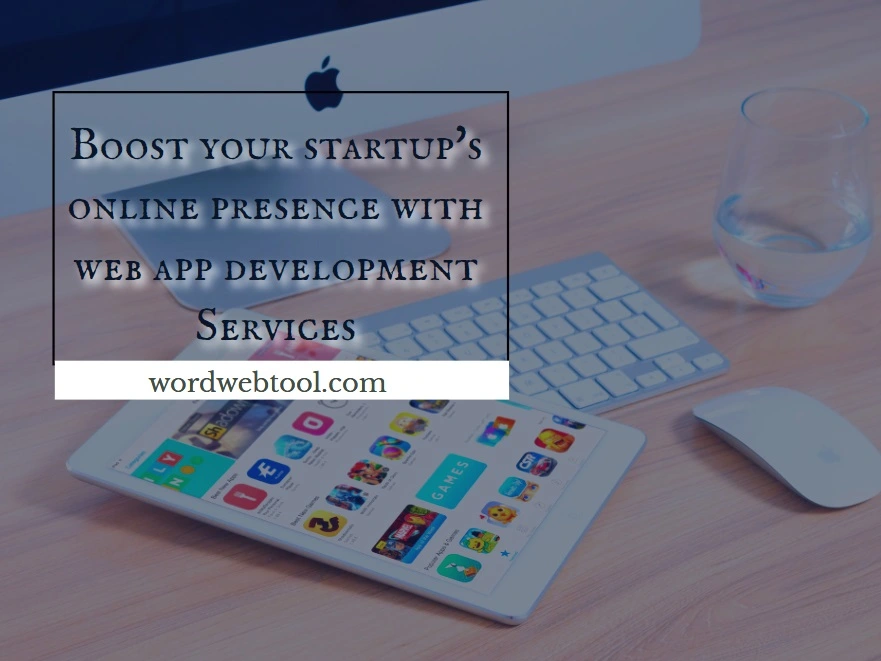Physical Technology-History of Artificial Intelligence and Robotics-WorldWebTool
Physical Technology.
Physical technology is a field of study (not to be confused with physical science) that focuses on how technology can actually become a part of our everyday lives, instead of just being limited to the screen in front of us. This article breaks down the different ways that technology has taken over our daily lives and what this means for the future.
What is Physical Technology?
Physical technology, sometimes referred to as "hardware engineering," is the practice of designing and creating physical objects, systems, and components. While it may seem like an ancient skill, physical technology is in fact one of the most rapidly growing areas of engineering. The reasons for this are clear: with Moore's Law firmly in place, processor performance continues to increase, driving demand for more complex and powerful hardware. At the same time, advances in additive manufacturing (AM), MEMS fabrication technologies, and software development tools have made it possible to create increasingly complex hardware systems from a wide range of materials. Physical technology has thus emerged as an important crossroads where traditional engineering disciplines meet new technologies and manufacturing approaches. In this blog post we'll discuss some of the key challenges facing physical technology today and explore what lies ahead for this rapidly growing field.
History of Artificial Intelligence and Robotics
Artificial intelligence and robotics have a long and varied history. The first steps in this field were taken in the late 1800s and early 1900s, when researchers began to create computers that could learn on their own. This was a major step forward for artificial intelligence, as it showed that it was possible to create machines that could function independently.
In the 1950s and 1960s, artificial intelligence began to develop further, with researchers creating machines that could understand natural language. This was a huge milestone for the field, as it showed that artificial intelligence could actually achieve human-level understanding. Over the years, artificial intelligence has continued to develop, with recent advances including machine learning and deep learning. The future of artificial intelligence and robotics is bright. There are many potential applications for these technologies, including healthcare, manufacturing, transportation, and entertainment. As technology continues to evolve, artificial intelligence and robotics will become more widespread and indispensable.
How Physical Technology Works Today
Physical technology, or "Phys tech," is the use of physical objects and systems to interact with computers and other devices. It encompasses a wide range of devices, technologies, and methods for interacting with digital information, from keyboards and mice to touch screens and 3D printing. Physical technology is important for a number of reasons: it's more natural and ergonomic than traditional interfaces, it can be more immersive and engaging, it can be more secure and private, and it can be more durable.
Future of Interaction between Humans and Technology
The physical world is constantly changing, and with it, the way that humans interact with technology. As devices get smaller and more portable, users are able to access information and services in new and innovative ways. Meanwhile, new technologies are emerging that allow for even more interaction between people and technology. Here are five examples of how physical technology is changing the way that we interact with each other and our surroundings:
- Augmented Reality: Augmented reality (AR) is a type of virtual reality that enhances the real world by adding computer-generated imagery (CGI) to it. AR can be used for a variety of purposes, such as gaming, marketing, or navigation. AR is already being used in many popular apps, such as Snapchat and Pokémon Go.
- Wearable Technology: wearable technology refers to any type of technology that is worn on the body. Some well-known examples of wearable technology include smartwatches and fitness trackers. Wearable technology has been widely adopted by consumers due to its convenience and practicality. For example, smartwatches can provide users with notifications and alerts, while fitness trackers can help motivate users to continue exercising despite busy schedules.
- Voice Interaction: Voice interaction refers to any technology whose primary purpose is to allow users of a device or system to interact with a computer system or application by voice. This category includes voice-controlled devices like Amazon Echo, Apple Siri, and Microsoft Cortana. Some examples of voice-interaction are catboats and virtual assistants. These categories are not exhaustive, but rather illustrate some of the ways that computing technologies are changing the ways we interact with our world in the future (and already).
Conclusion:
The future of computing will be defined by three key technological changes: the convergence between hardware and software, the emergence of new platforms, and user experiences designed around human-computer interactions. As each change occurs, new opportunities will arise for innovation
As we move into the future, it is clear that physical technology will play an increasingly important role in our everyday lives. From wearable devices to automated buildings and vehicles, physical technology will be a key part of our world in the years to come. In this article, I'll discuss some of the ways that physical technology can help improve the interface and interaction between people and machines. One of the most important applications of physical technology is in gaming. Games are an amazing way to explore different worlds and learn about different concepts. However, games can also be very difficult to play if the user interface is difficult to understand or if the controls are inconvenient. By using artificial intelligence (AI) and robotics, we can create games that are easier to use and more fun.
 English
English
 Bahasa Indonesia
Bahasa Indonesia
 Português
Português



